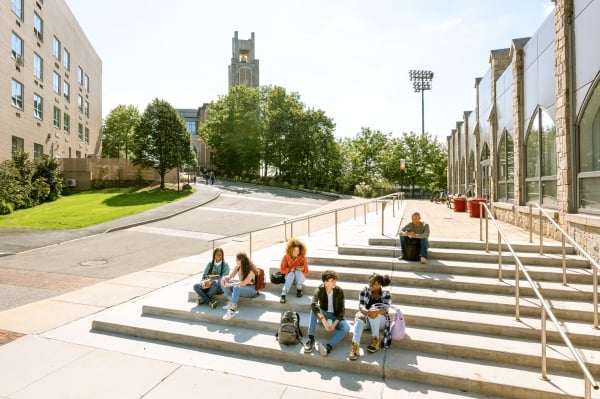Transfer from a community college to a four-year university has long been hailed as a pathway to upward mobility for students seeking to earn a bachelor’s degree. However, the reality is that many students who begin their academic journey at a community college do not successfully transfer to a four-year institution. This phenomenon, known as upward transfer failure, has been a persistent challenge in higher education.
There are various reasons why upward transfer fails for many students. One of the major barriers is the lack of clear pathways and articulation agreements between community colleges and four-year universities. Without clear guidance on which courses to take and how those courses will transfer to a four-year institution, students may end up taking unnecessary classes or not meeting the prerequisites for their desired major.
Another barrier to upward transfer is the lack of support services for community college students. Many students at community colleges face financial, academic, and personal challenges that can hinder their ability to successfully transfer to a four-year university. Without adequate support services, these students may struggle to navigate the transfer process and ultimately give up on their goal of earning a bachelor’s degree.
In response to these challenges, institutions are taking steps to improve the upward transfer process for community college students. One approach that has gained prominence in recent years is the development of transfer pathways and articulation agreements between community colleges and four-year universities. These agreements outline which courses will transfer for credit and ensure that students are on track to complete their degree in a timely manner.
In addition, many institutions are investing in support services for community college students to help them navigate the transfer process. This may include academic advising, tutoring services, and financial aid guidance. By providing these resources, institutions can help students overcome the barriers that may prevent them from successfully transferring to a four-year university.
Furthermore, some institutions are implementing innovative programs to improve upward transfer rates. For example, some universities have established dedicated transfer centers on campus to provide tailored support services for community college students. These centers offer workshops, peer mentoring, and resources to help students successfully transition to a four-year institution.
Overall, upward transfer failure is a complex issue that requires collaboration between community colleges, four-year universities, and policymakers to address. By improving pathways, providing support services, and implementing innovative programs, institutions can help more students from community colleges successfully transfer and earn a bachelor’s degree. Through these efforts, we can create a more accessible and equitable higher education system for all students.



